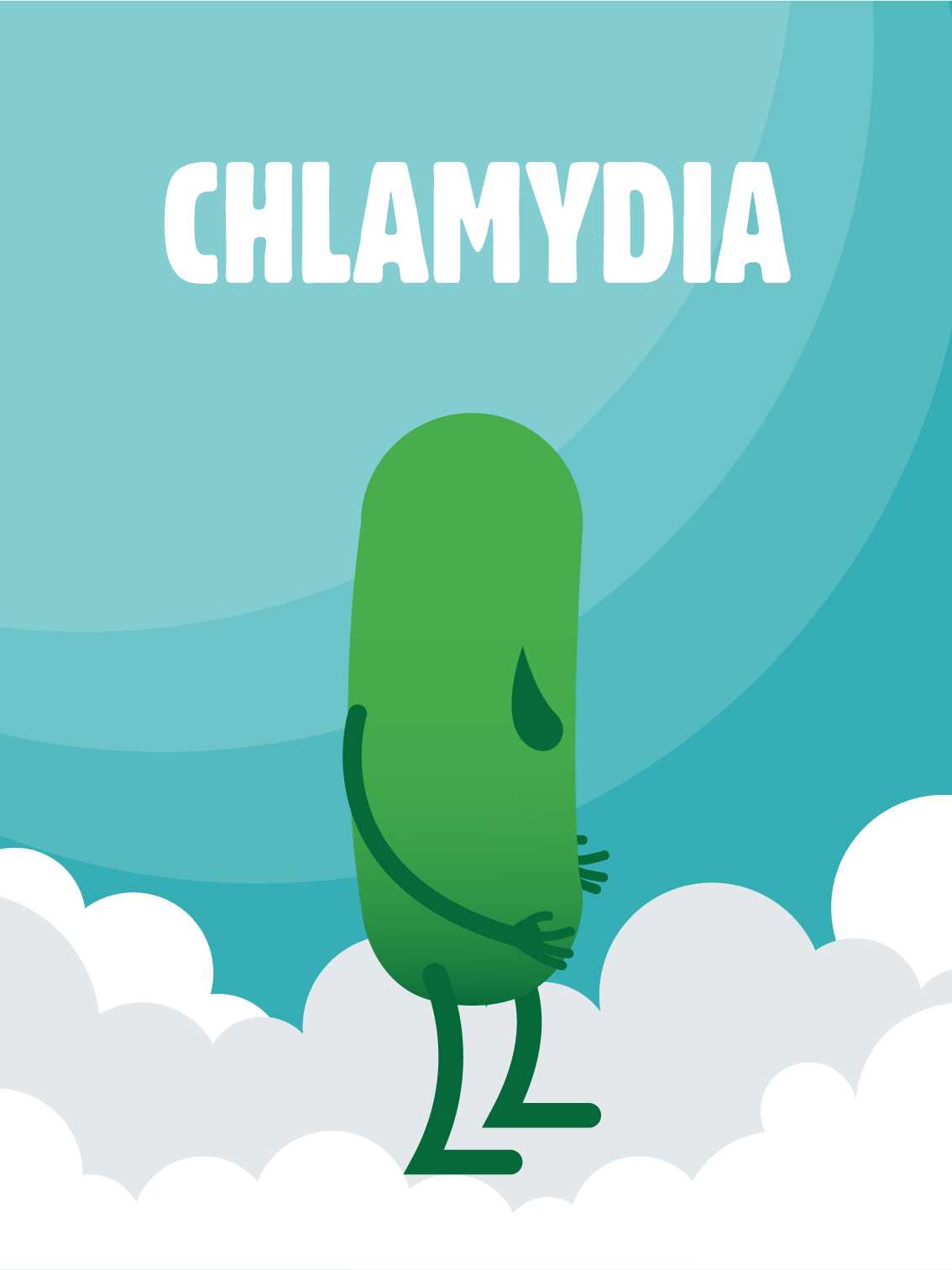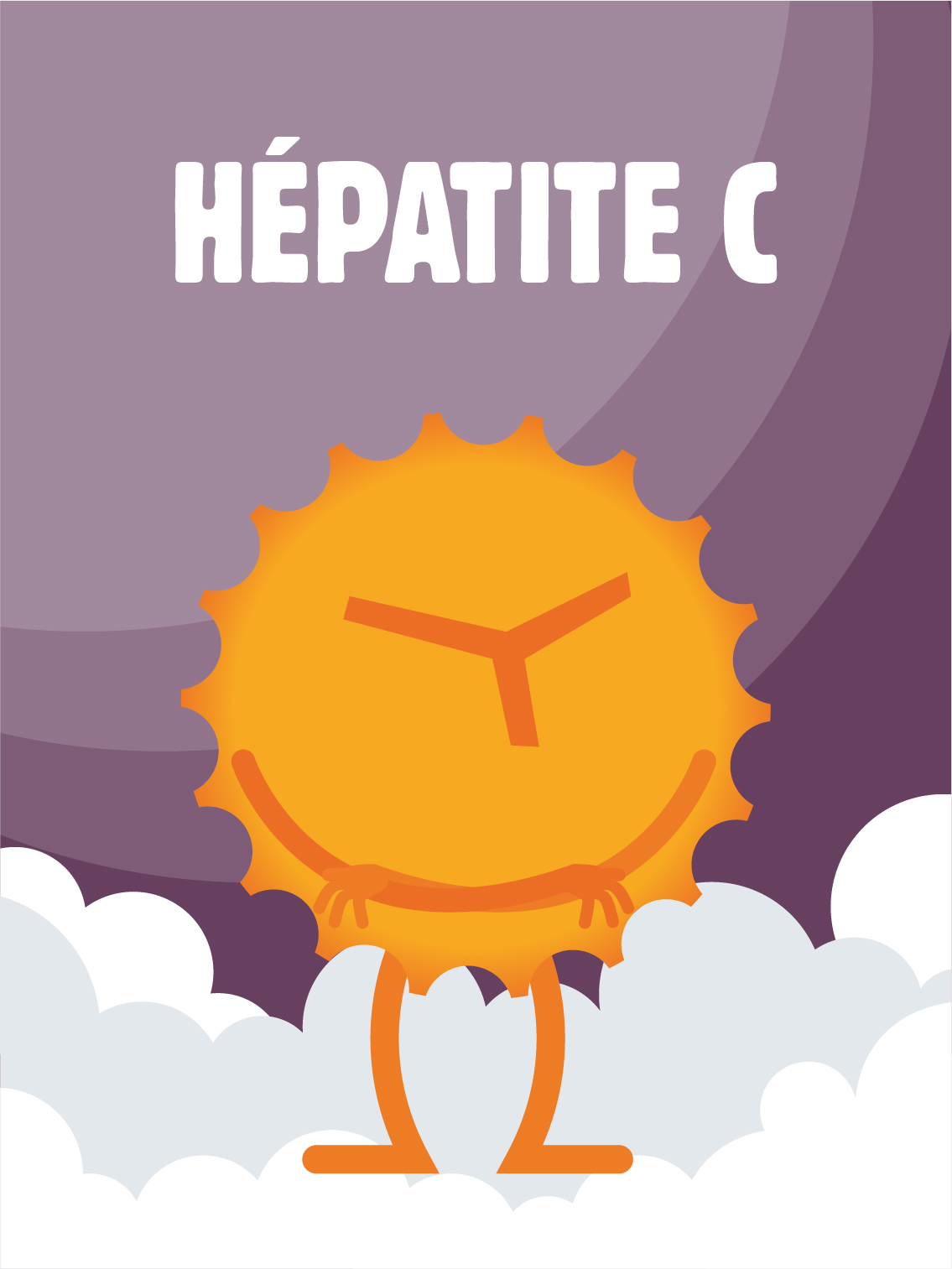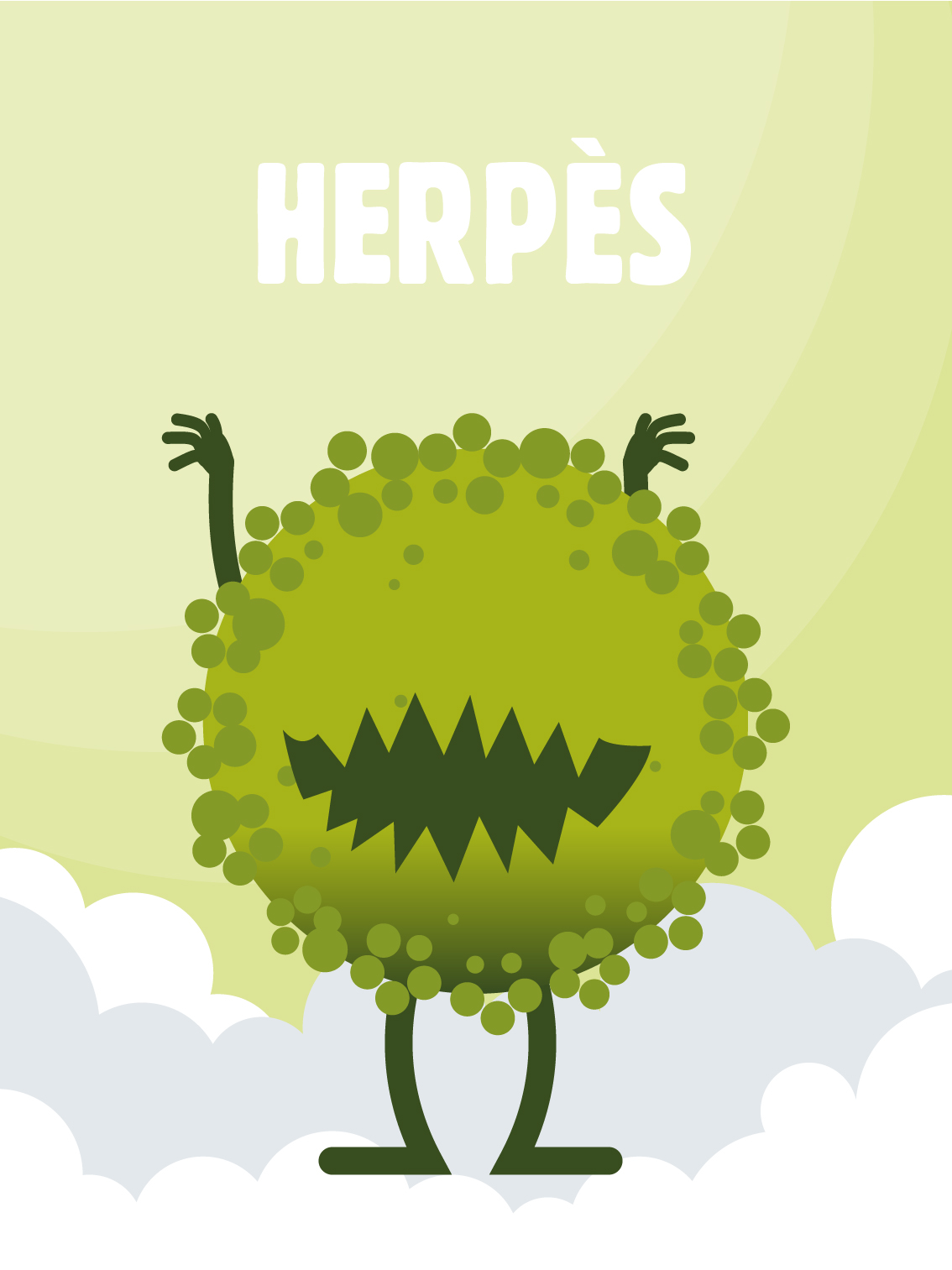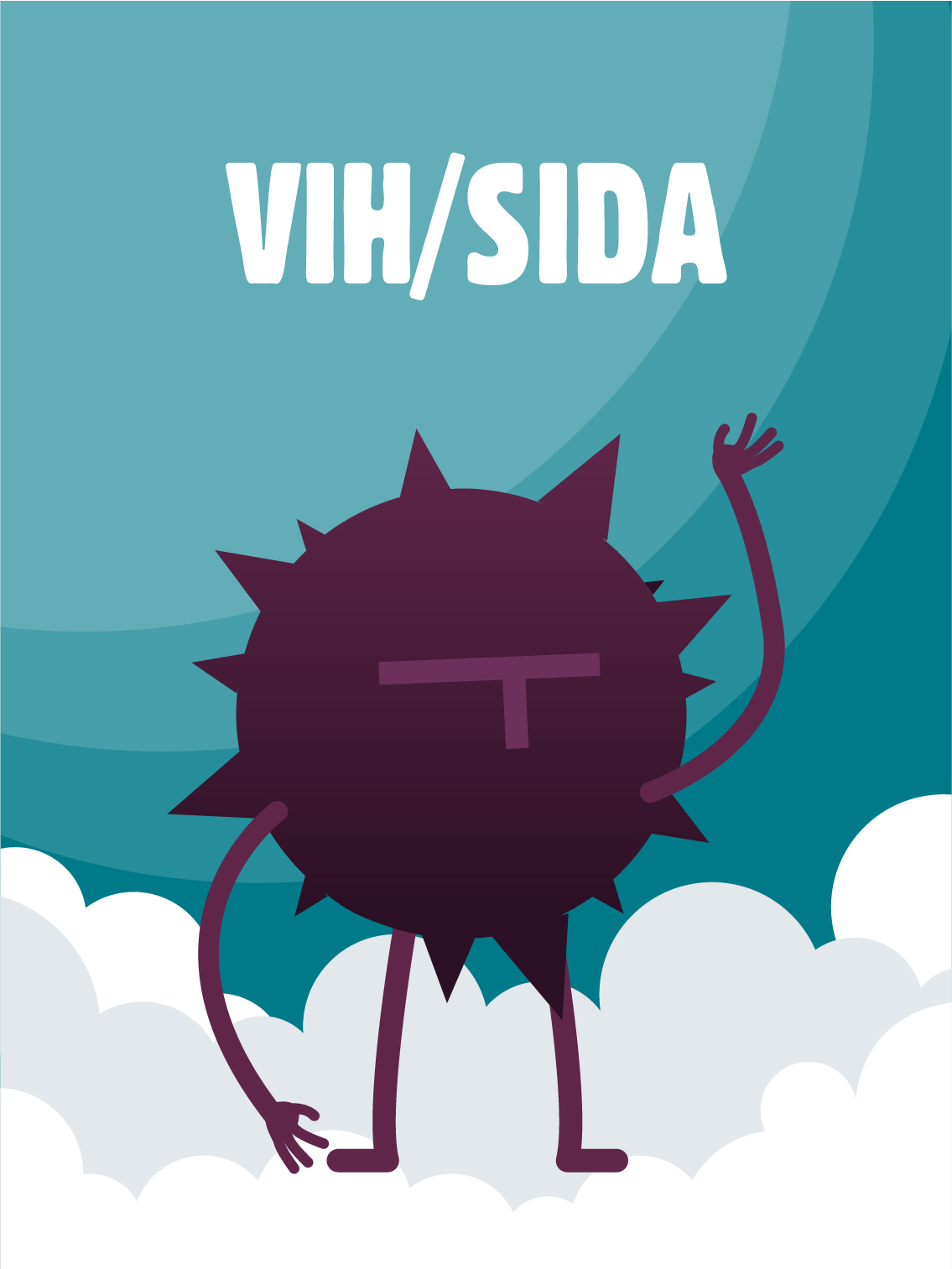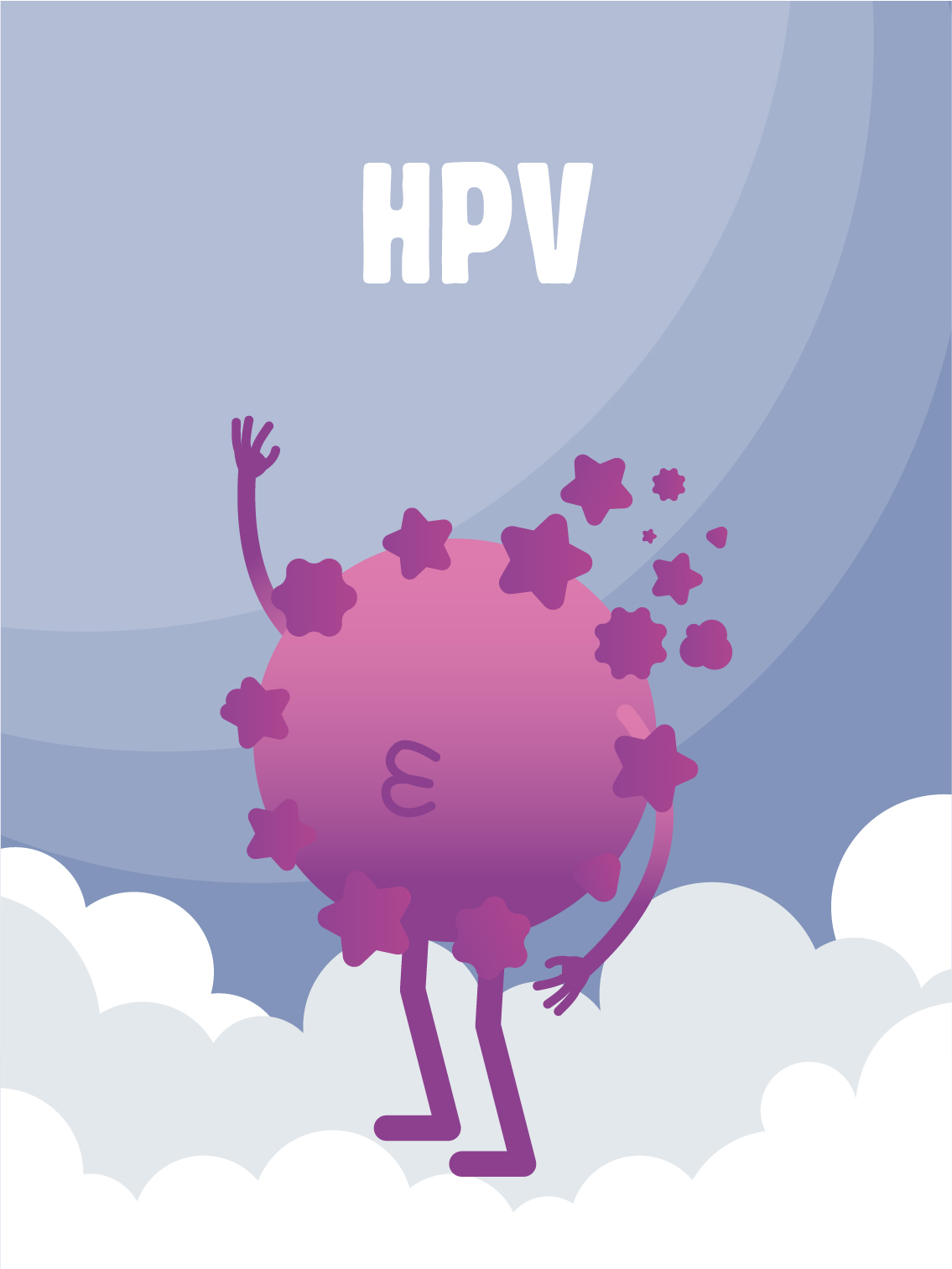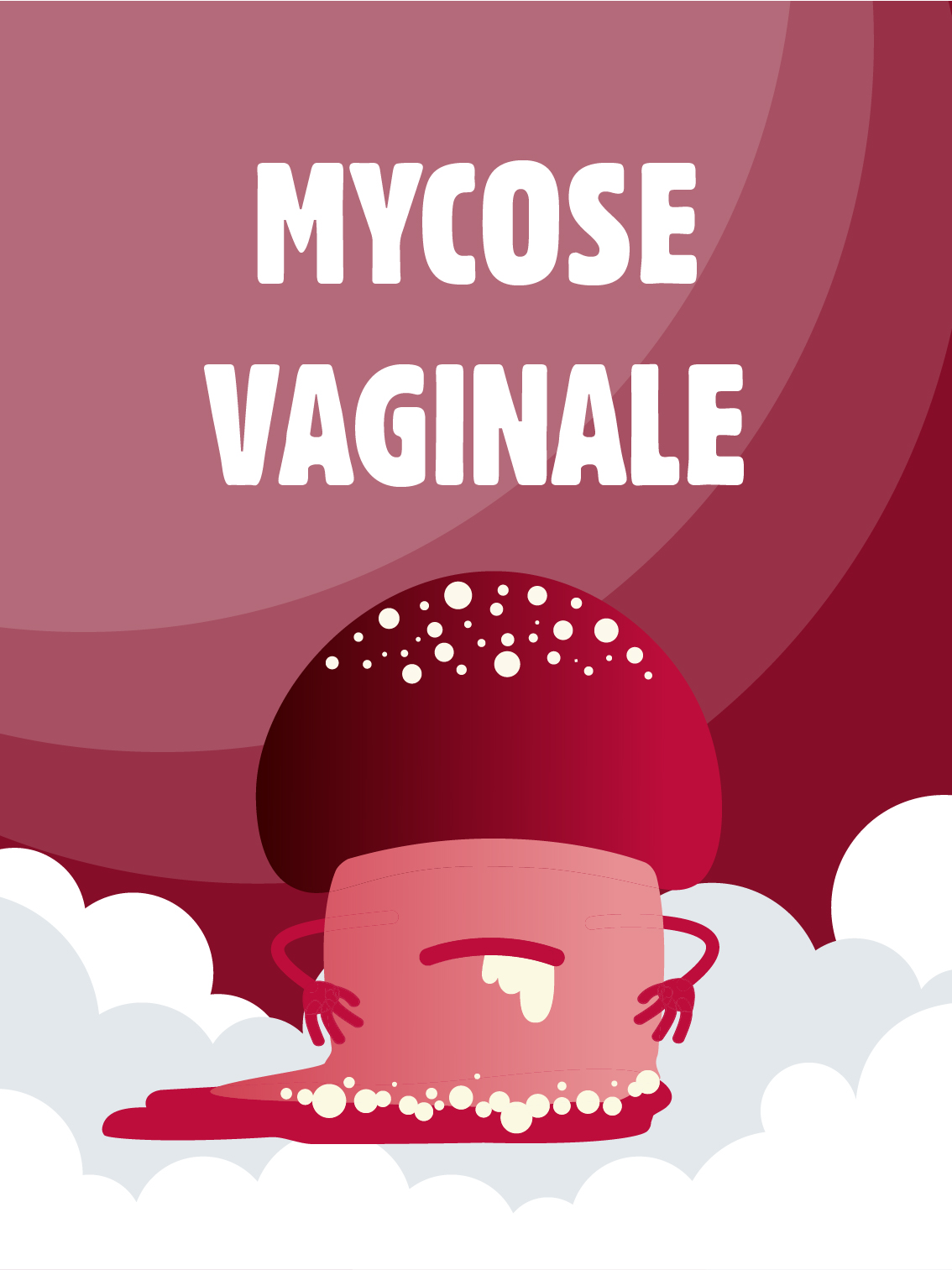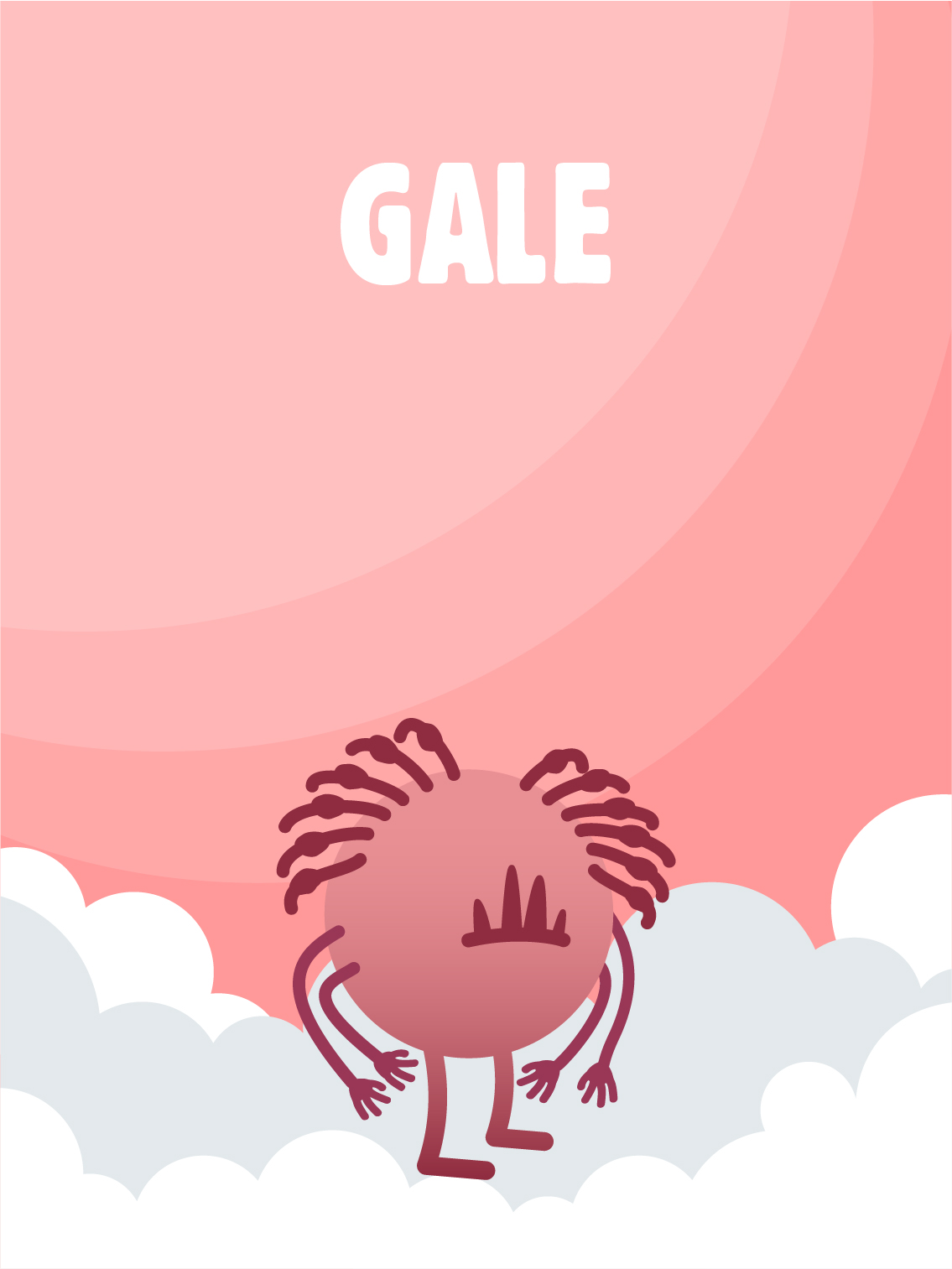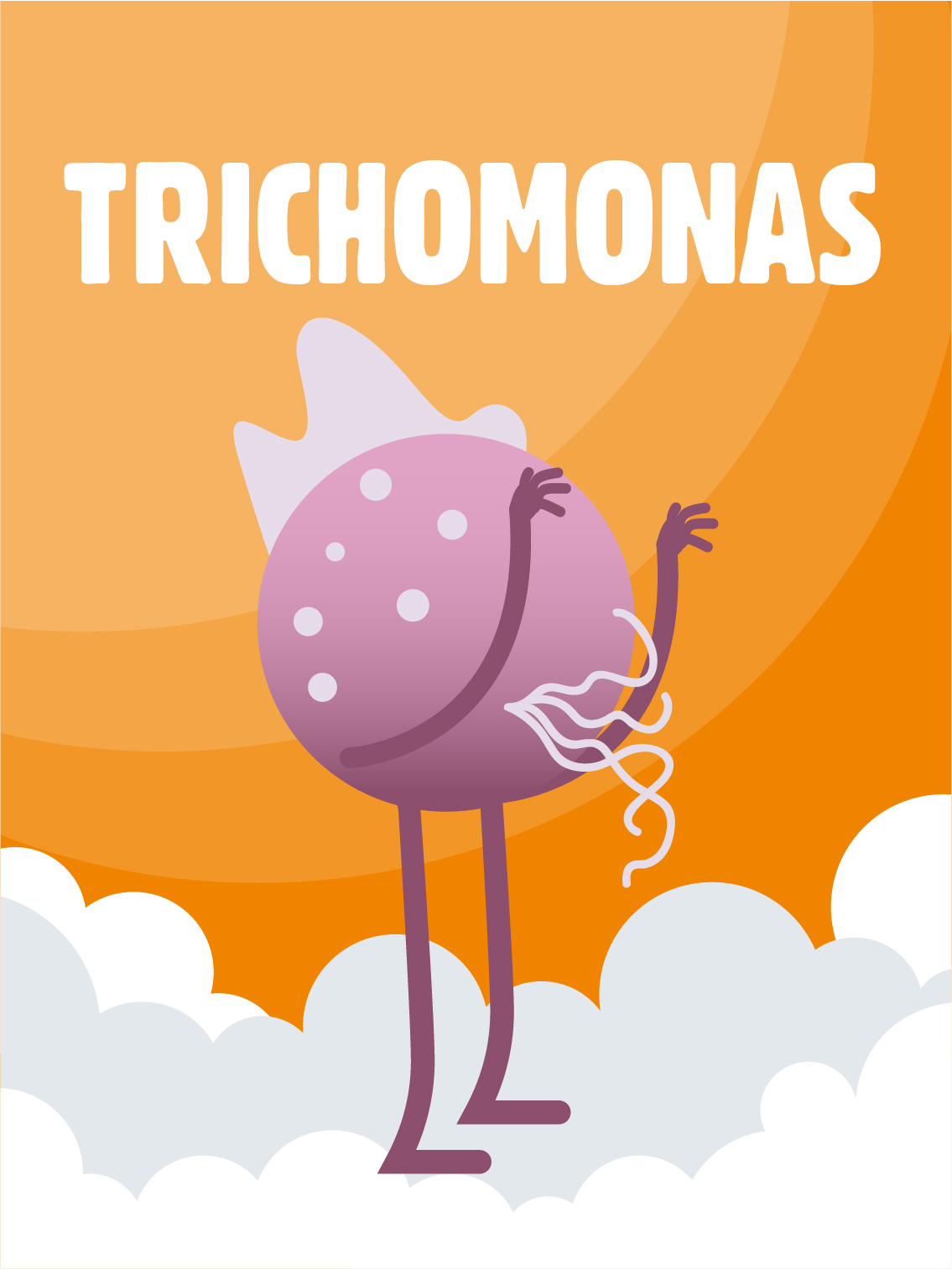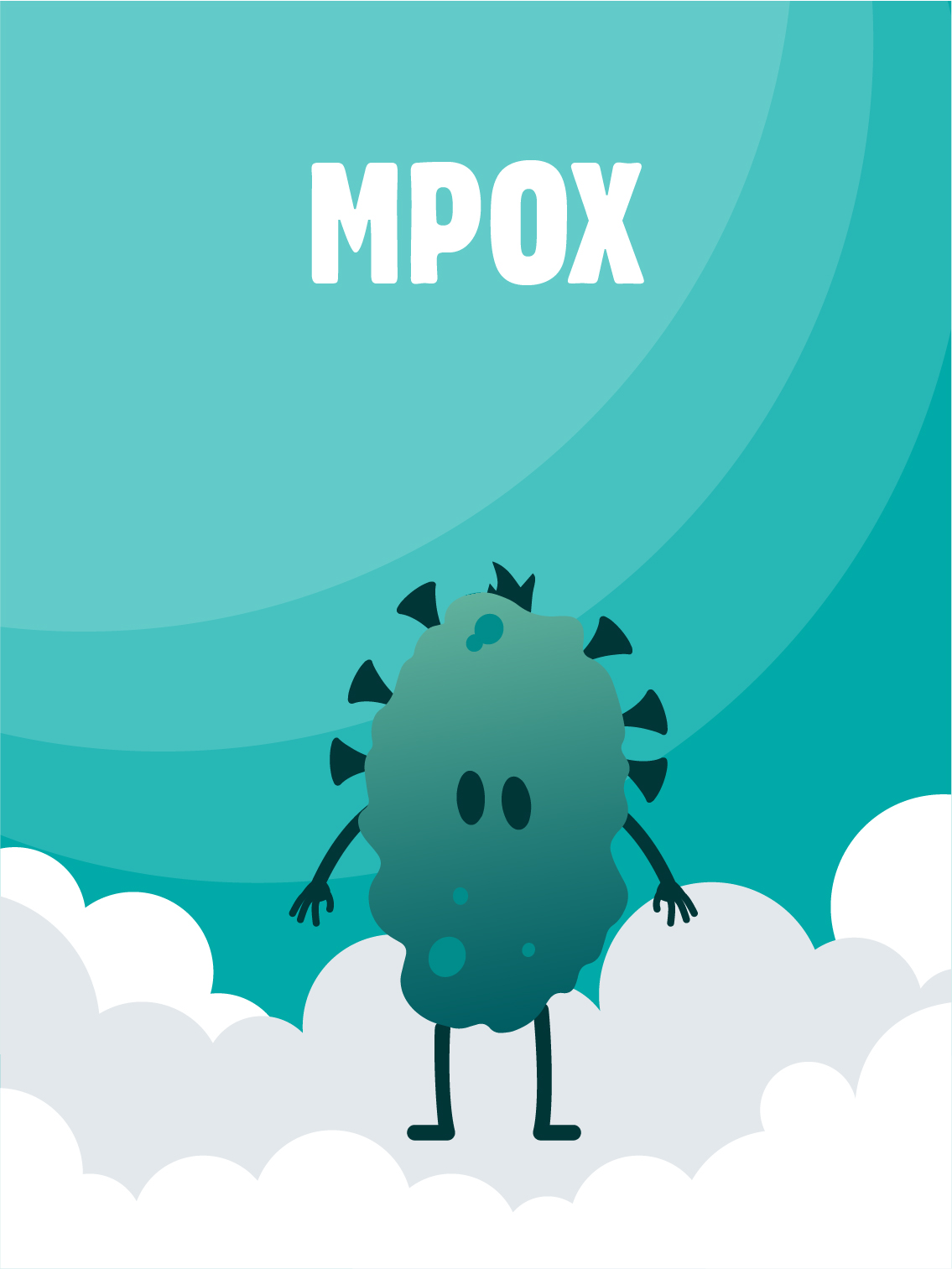CHLAMYDIA

Chlamydia is a sexually transmitted infection caused by the bacterium chlamydia trachomatis. According to Sciensano, chlamydia is the most frequently detected STI in Belgium. This has been rising steadily since 2017, despite a temporary drop in diagnoses in 2020 (COVID). Chlamydia is most frequently diagnosed in people with a vulva and aged between 15 and 29. In people with a penis, chlamydia is mainly diagnosed in the 20-29 age group.
Chlamydia is transmitted:
- by exchange of biological fluids (semen, pre-ejaculatory fluid, vaginal secretions) in contact with genital, oral or anal mucous membranes* (inner vulva, vagina, glans, anus, throat). Transmission of chlamydia is even more frequent during contact (direct AND indirect) between mucous membranes (sexual caresses**, exchange of sex toys, etc.).
- during childbirth (from mother to child).
*Very thin, highly vascularized walls in the orifices (vagina, anus, nose, throat, ear, eye) and around the glans. **mutual masturbation and sexual friction
Chlamydia infection is generally asymptomatic. Otherwise, symptoms usually appear 1 to 3 weeks after infection:
- Unusual vaginal discharge, pain in the lower abdomen and irritation of the vulva;
- Unusual discharge from the penis and penile irritation;
- Razor-sharp pain and possible bleeding;
- Throat and anal pain (often with discharge of fluid).
If chlamydia is not detected and treated in time, complications can arise:
- An infection of the uterus and fallopian tubes that can cause sterility
- Genital or anal infections and urinary disorders
In the throat, penis and anus, an asymptomatic infection will be eliminated naturally without consequences.
Lymphogranulomatosis venereum (LGV) is an infection caused by bacteria of the chlamydia family. It most often appears as rectitis (inflammation of the rectum) in men who have sex with men.
Chlamydia screening is performed :
- Via vaginal, anal and throat smears;
- By means of a "first jet*" urine test.
*To test effectively for chlamydia, the sample should ideally consist of the first few drops, without having urinated two hours before sampling.
Chlamydia can be treated with appropriate antibiotics. However, treatment does not prevent re-infection later in life! So remember to tell your partner(s) so that they can be treated. You also need to protect yourself and get tested every time you change sexual partners.
To protect yourself from chlamydia, use a condom (internal or external) or a latex square.
Condoms reduce the risk of exposure, but do not offer total protection, as chlamydia can be transmitted through sexual touching* and unprotected oral sex.
*mutual masturbation and sexual friction
Please note that only 2 gonorrhea/chlamydia tests are reimbursed per year.
Other STIs
Other infections
Sources
Chlamydia. (s. d.). sciensano.be. https://www.sciensano.be/fr/sujets-sante/chlamydia
World Health Organization: WHO & World Health Organization: WHO. (2023b, July 17). Chlamydiosis (Chlamydia infection). https://www.who.int/fr/news-room/fact-sheets/detail/chlamydia#:~:text=Vue%20d all, using%20antibiotics.
Hammerschlag, M. R. (2023, April 12). Chlamydia. MSD Manual Professional Edition. https://www.msdmanuals.com/fr/professional/maladies-infectieuses/chlamydia-et-mycoplasmes/chlamydia?query=infections%20%C3%A0%20chlamydia

